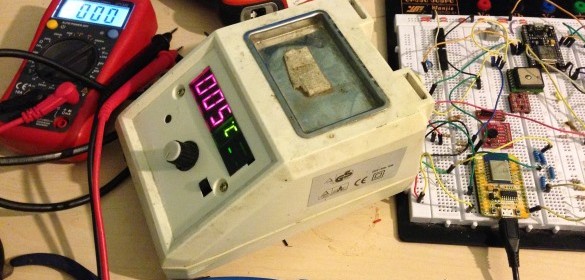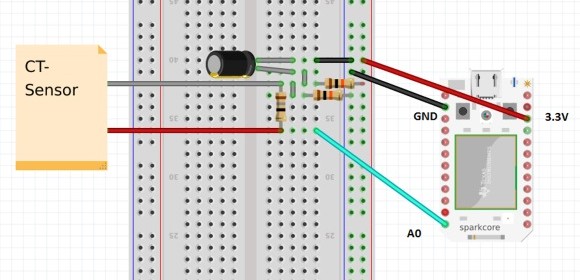Atmega328 driven DIY Nixie clock

Pete Mills’ has shared his cool-looking DIY Nixie clock design on his personal blog. His design is based on Atmega328 and uses software driven RTC and voltage booster to achieve ~175V DC for Nixie tubes. Nixie tubes are cool. They have great aesthetic appeal with their difficult-to-photograph, warm orange glow, and dem curvy numerals. They add an organic je ne sais quoi to a hobby with ostensibly digital design cues. Further, they pose technical challenges in the way of producing and switching the ~175 V DC needed to light each tube element. And as far as I am aware, there are
Read more


